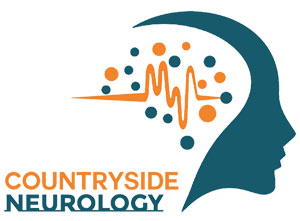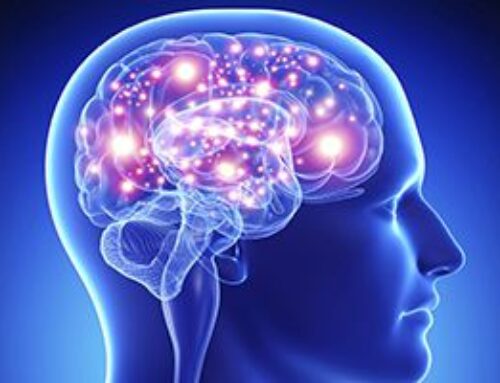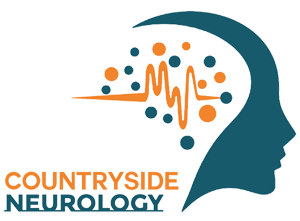November is National Epilepsy Awareness Month, and the Epilepsy Foundation would like to educate people on how to recognize epilepsy, and raise awareness on what it is like to live with seizures.
Epilepsy is the fourth most common neurological disorder in the world, causing recurring and unprovoked seizures.
What happens during a seizure?
Seizures are caused by electrical bursts that involuntarily cause changes in movement, sensation, awareness, and behavior.
Seizures typically have a beginning, middle, and end. The sign of a seizure is an aura, or warning. Sometimes this aura may be indescribable; however, other times, it can be easier to identify that a seizure is coming.
Common symptoms before a seizure:
- Déjà vu (a feeling that a person, place or thing is familiar, but you’ve never experienced it before)
- Butterflies/unusual feeling in the chest, as if something is rising
- Visual loss or blurring
- Fear/panic (often negative or scary feelings)
- Racing thoughts
- Dizzy or lightheaded
- Headache
- Nausea or other stomach feelings (often a rising feeling from the stomach to the throat)
- Numbness or tingling in part of the body
The middle part of the seizure, or ictal phase, lasts from the beginning of symptoms to the end of the seizure.
Common symptoms during a seizure:
- Loss of awareness (often called “black out”)
- Confused, feeling spacey
- Periods of forgetfulness or memory lapses
- Distracted, daydreaming
- Loss of consciousness, unconscious, or “pass out”
- Unable to hear
- Sounds may be strange or different
- Unusual smells (often bad smells like burning rubber)
- Unusual tastes
- Loss of vision or unable to see
- Blurry vision
- Flashing lights
- Formed visual hallucinations (objects or things are seen that aren’t really there)
- Numbness, tingling, or electric shock like feeling in body, arm or leg
- Out of body sensations
- Feeling detached
- Déjà vu or jamais vu
- Body parts feels or looks different
- Feeling of panic, fear, impending doom (intense feeling that something bad is going to happen)
- Pleasant feelings
Physical Changes:
- Difficulty talking (may stop talking, make nonsense or garbled sounds, keep talking or speech may not make sense)
- Unable to swallow, drooling
- Repeated blinking of eyes, eyes may move to one side or look upward, or staring
- Lack of movement or muscle tone (unable to move, loss of tone in neck and head may drop forward, loss of muscle tone in body and person may slump or fall forward)
- Tremors, twitching or jerking movements (may occur on one or both sides of face, arms, legs or whole body; may start in one area then spread to other areas or stay in one place)
- Rigid or tense muscles (part of the body or whole body may feel very tight or tense and if standing, may fall “like a tree trunk”)
- Repeated non-purposeful movements, called automatisms, involve the face, arms or legs, such as
- lip smacking or chewing movements
- repeated movements of hands, like wringing, playing with buttons or objects in hands, waving
- dressing or undressing
- walking or running
- Repeated purposeful movements (person may continue activity that was going on before the seizure)
- Convulsion (person loses consciousness, body becomes rigid or tense, then fast jerking movements occur)
- Losing control of urine or stool unexpectedly
- Sweating
- Change in skin color (looks pale or flushed)
- Pupils may dilate or appear larger than normal
- Biting of tongue (from teeth clenching when muscles tighten)
- Difficulty breathing
- Heart racing
The end, or postictal phase, of the seizure, is the recovery period. Some can recover immediately, others can take hours or longer. Symptoms such as the following can persist during this period:
- Slow to respond or not able to respond right away
- Sleepy
- Confused
- Memory loss
- Difficulty talking or writing
- Feeling fuzzy, light headed, or dizzy
- Feeling depressed, sad, upset
- Scared
- Anxious
- Frustrated, embarrassed, ashamed
- May have injuries, such as bruising, cuts, broken bones, or head injury if fell during seizure
- May feel tired, exhausted, or sleep for minutes or hours
- Headache or other pain
- Nausea or upset stomach
- Thirsty
- General weakness or weak in one part or side of the body
- Urge to go to the bathroom or lose control of bowel or bladder
You are not alone. If you or someone you know has seizures and any of the symptoms above, please give us a call at 727-712-1567. It is important to seek regular care under a trusted physician.
Sources:
“What Is Epilepsy?” Epilepsy Foundation, https://www.epilepsy.com/what-is-epilepsy.
Kiriakopoulos, Elaine. “Understanding Seizures.” Epilepsy Foundation, https://www.epilepsy.com/what-is-epilepsy/understanding-seizures.
Schachter, Steven C. “What Happens during a Seizure?” Epilepsy Foundation, https://www.epilepsy.com/what-is-epilepsy/understanding-seizures/what-happens-during-seizure.


